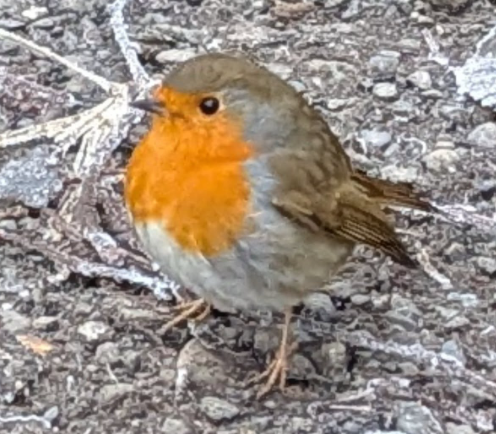
Rachel Carson, in Silent Spring, begins in this way. ‘There was once a town in the heart of America where all life seemed to live in harmony with its surroundings … with fields of grain and hillsides of orchards where, in spring, white clouds of bloom drifted above the green fields.’
She describes then how some evil spell came to settle on the community with illness and death spreading everywhere. ‘There was a strange stillness. The birds, for example – where had they gone? …The feeding stations in the backyards were deserted. The few birds seen anywhere were moribund; they trembled violently and could not fly. It was a spring without voices.’
Written in 1962, her remarkable story is a harrowing account of the destruction caused by the pesticides, insecticides and herbicides sprayed with abandon (with no understanding of how the poison travels step by step from elm leaf to earthworm to robin). Her list of the wild flowers and shrubs under threat as a result reads like a sacred litany –
Azaleas, mountain laurel, blueberries, huckleberries, viburnums, dogwood, bayberry, sweet fern, low shadbush, winterberry, chokeberry and wild plum are dying before the chemical barrage. So are the daisies, black-eyed Susans, Queen Anne’s lace, goldenrods, and autumn asters which lend grace and beauty to the landscape –
to each of which we could respond, ‘Pray for us’.
